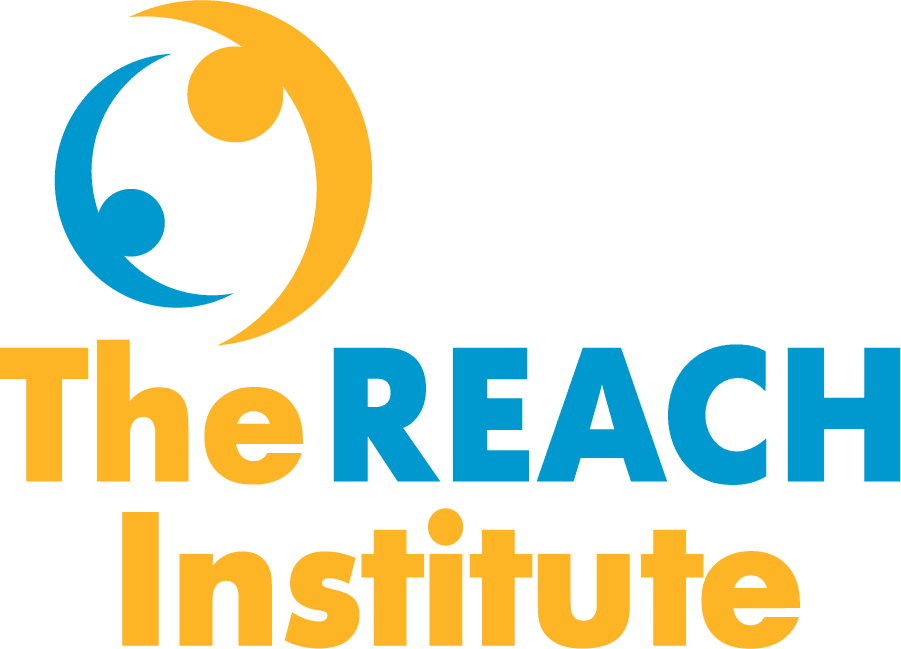Navigating the ADHD stimulant medication shortage
- October 31, 2023
- The REACH Institute
- ADHD, Child mental health, Parents, Patient communication

“The ADHD stimulant medication shortage is affecting patients, families, pharmacists, and clinicians,” explains Andrew Adesman, MD, a developmental pediatrician specializing in ADHD. Dr. Adesman has been helping patients and their families navigate the medication shortage both in his practice and by creating public online resources.
Describing how the shortage complicates clinicians’ jobs, Dr. Adesman shares, “Before, clinicians could help patients find the ADHD medication that worked best and patients could receive that medication. But that is no longer the case. Today, there are additional layers that need to be navigated for every prescription, including which medications the patient’s insurance will cover and which medications are actually in stock and available locally.”
Unfortunately, there is no clear answer as to when the stimulant medication shortage, which started in the fall of 2022, will end. While the FDA, DEA, and drug manufacturers point fingers at each other, 38% of ADHD patients report having trouble filling their prescriptions.
We asked Dr. Adesman how pediatric primary care providers can help patients and families navigate the ADHD stimulant medication shortage.
Counsel patients upfront
“Most families with children who have already been diagnosed with ADHD have heard of or experienced first-hand these challenges,” explains Dr. Adesman. “But for patients with a new diagnosis, clinicians will need to prepare them to navigate the medication shortage.”
Much of the burden for finding which medications are available locally will fall to parents. Clinicians can help by advising families to:
- Be persistent. Parents will need to be persistent through what can be a frustrating and time-consuming process to find stimulant medication in stock. Courtesy is also important, particularly with pharmacists who are under stress due to their inability to meet patient needs.
- Contact multiple pharmacies, both chain and local non-chain pharmacies. Keep notes of the pharmacies called and results. Sometimes, parents may need to call back a few days later to re-check stock.
- Ask to speak to the pharmacist, not a pharmacy tech, as they may be able to recommend generic or branded alternative medications that are in stock or can be ordered.
- Cultivate a positive relationship with a local preferred pharmacy. Some pharmacies prioritize “regular customers” with whom they have long-standing relationships.
- Some pharmacists may refuse to share information about stimulant medication inventory. If this happens, parents have several options. First, the pharmacist can look up the child’s name in the state “prescription monitoring program.” Second, simply calling back another day may be enough. Finally, a prescriber may need to contact the pharmacy directly.
- Plan ahead for prescription renewals to avoid missed doses and the anxiety and disruption this creates.
Be prepared as a clinician
When helping patients find the most effective stimulant medication, Dr. Adesman shares that there are now four primary factors to consider:
- Duration: Will the child benefit from 8, 10, or 12-hour extended release dosing, vs immediate release?
- Delivery form: Will the child do better with chewables, liquids, sprinkles, tablets, etc.?
- Insurance coverage: Will the ideal medication be included in the patient’s formulary?
- Availability: Will the patient be able to find the medication in stock locally?
As an example, say a pediatric patient’s family prefers a long-acting methylphenidate formulation and the child can take sprinkles. According to the Stimulant Medication Guide Dr. Adesman created, six potential medications could fit the child’s needs, four of which are available as generics. A clinician can provide this medication list (along with the requisite dosing information) to the family and say, “Call your pharmacy and see which medication is available so I can send the prescription.”
Dr. Adesman also notes that branded products tend to have more availability than generics. While many insurance formularies privilege generics, some have negotiated discounts for certain branded medications, making branded medication easier to access in these instances.
It’s also important to understand what desperate parents may do when facing medication shortages at home.
“Certainly, there are instances where families have either scaled back or rationed medication,” shares Dr. Adesman. “Families don’t always understand the nuances of stimulant medications and can make dosing mistakes, such as thinking 20mg of an extended-release formulation is equivalent to 20mg of an immediate-release formulation. ADHD also runs in families, so there may be instances of pill sharing, where parents divert some of Johnny’s medication to Joshua.”
To mitigate these situations, clinicians can counsel parents upfront about the importance of consistent and appropriate dosing for their child.
Be resourceful as a prescriber
Clinicians may need to be resourceful and consider “off-label” recommendations to ensure patients receive the appropriate dose. “If a preferred medication in a powder form that can be dissolved in water is not available at a 20mg dose,” explains Dr. Adesman, “but is available at a 30mg dose, you can prescribe 30mg and tell the parents to open the capsule into three ounces of water and mix well. Then, the parents can give the child two ounces of the liquid, which is equivalent to 20mg.”
“A similar strategy can be considered when prescribing transdermal stimulant formulations (‘patches’),” suggests Dr. Adesman, “since these can be safely trimmed to provide a lower dose.”
Dr. Adesman’s final advice is to be patient. “We’re now over a year into this shortage. We’re hopeful that it will be resolved in 2024. But until then, as clinicians, we need to practice a lot of patience to best support our patients.”
RESOURCES
- The ADHD Medication Guide and the Stimulant Medication Guide, both created by Dr. Adesman, can help clinicians, patients, and their families find alternative medications to meet patient needs.
- ADHD Medication Shortages: What to Know and Do, is a must-have guide for patients and parents coauthored by Andrew Adesman, MD, and Anna Krevskaya, MD. Originally published by CHADD, the article was also reprinted by the Child Mind Institute.
- “A Daily Nightmare:” One Year into the ADHD Stimulant Shortage, published by the editors at ADDitude magazine, shares survey results and first-hand stories from patients.
Categories
- ADHD
- Anti-racism
- Anxiety
- Assessment & screening
- Autism
- Child mental health
- Coding
- Cognitive behavioral therapy
- College transition
- Culturally responsive
- Depression
- Eating disorders
- Foster care
- Grief
- High-risk children & youth
- LGBTQIA
- Medication
- Parents
- Patient communication
- Pediatric primary care
- School refusal
- Sleep disorders
- Suicide
- Trauma
- Show All Categories
Register for courses
““It is great to be a part of a continuing medical education course with others within the same department. Change is always hard, but easier with teamwork.”
